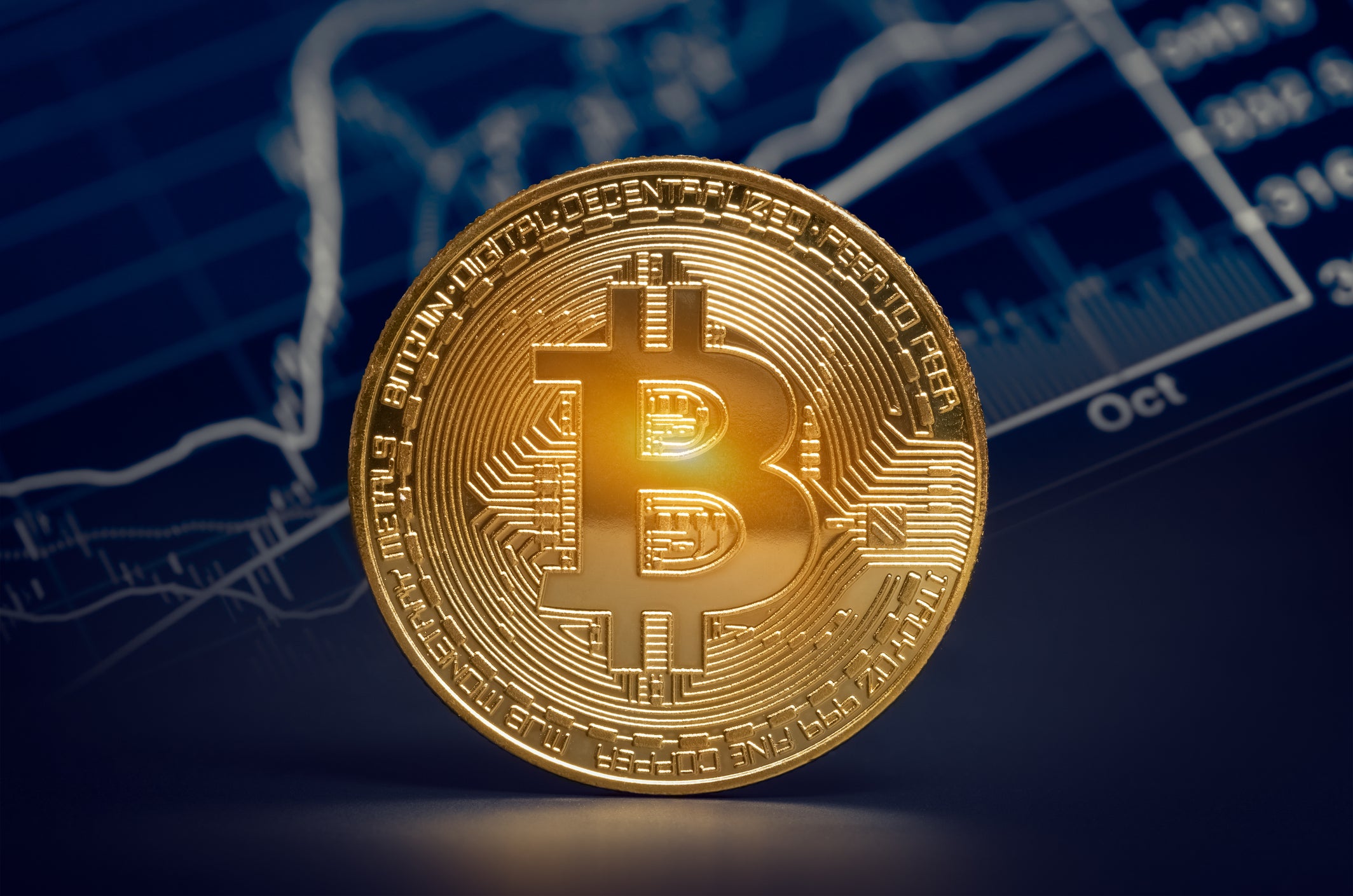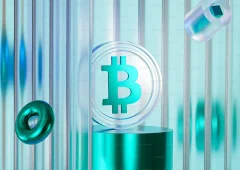Bitcoin Faces Crucial Test as It Dips Below Key Moving Average
12.08.2024 10:30 1 min. read Alexander Stefanov
Bitcoin is currently navigating a pivotal moment, drawing significant attention from crypto analyst Caleb Franzen.
Recently, Franzen scrutinized Bitcoin’s chart, particularly focusing on its 200-day moving average, which has been a crucial indicator since late 2022.
Franzen’s analysis reveals a troubling trend: Bitcoin has recently dipped below this long-term moving average, a sign that typically signals a bearish phase. Historically, during strong bull markets, Bitcoin’s price remains above these critical averages.
However, Franzen is not overly concerned, noting that similar dips occurred in August and June, each followed by a rapid rebound.
He likens Bitcoin’s current situation to these past instances, suggesting that if the cryptocurrency manages to rise back above the moving average, it could experience a significant rally.
In his assessment, Franzen explained:
“In bullish periods, Bitcoin’s price usually stays above its key moving averages. A fall below these averages often points to a bearish trend.”
He also mentioned that temporary declines below short-term averages are common in bull markets and are typically followed by quick recoveries. Franzen emphasized Bitcoin’s resilience in maintaining an upward trajectory despite facing short-term challenges.
Looking forward, Franzen is optimistic about Bitcoin’s potential, forecasting a possible rise to $175,000 in this market cycle.
-
1
Bitcoin Hashrate Declines 3.5%, But Miners Hold Firm Amid Market Weakness
27.06.2025 21:00 2 min. read -
2
Trump-Linked Truth Social Pushes for Bitcoin-Ethereum ETF as Crypto Strategy Expands
25.06.2025 19:00 2 min. read -
3
Bitcoin’s Price Closely Mirrors ETF Inflows, Not Corporate Buys
26.06.2025 11:00 2 min. read -
4
Crypto Company Abandons Bitcoin Mining to Focus Entirely on Ethereum Staking
26.06.2025 20:00 1 min. read -
5
Bitcoin ETF Inflows Hit $2.2B as Market Calms After Ceasefire
25.06.2025 17:00 1 min. read
Peter Schiff Warns of Dollar Collapse, Questions Bitcoin Scarcity Model
Gold advocate Peter Schiff issued a stark warning on monetary policy and sparked fresh debate about Bitcoin’s perceived scarcity. In a pair of high-profile posts on July 12, Schiff criticized the current Fed rate stance and challenged the logic behind Bitcoin’s 21 million supply cap.
Bitcoin Price Hits Record Highs as Exchange Balances Plunge
A sharp divergence has emerged between Bitcoin’s exchange balances and its surging market price—signaling renewed long-term accumulation and supply tightening.
What’s The Real Reason Behind Bitcoin’s Surge? Analyst Company Explains
Bitcoin touched a new all-time high of $118,000, but what truly fueled the rally?
Bitcoin Lesson From Robert Kiyosaki: Buy Now, Wait for Fear
Robert Kiyosaki, author of Rich Dad Poor Dad, has revealed he bought more Bitcoin at $110,000 and is now positioning himself for what macro investor Raoul Pal calls the “Banana Zone” — the parabolic phase of the market cycle when FOMO takes over.
-
1
Bitcoin Hashrate Declines 3.5%, But Miners Hold Firm Amid Market Weakness
27.06.2025 21:00 2 min. read -
2
Trump-Linked Truth Social Pushes for Bitcoin-Ethereum ETF as Crypto Strategy Expands
25.06.2025 19:00 2 min. read -
3
Bitcoin’s Price Closely Mirrors ETF Inflows, Not Corporate Buys
26.06.2025 11:00 2 min. read -
4
Crypto Company Abandons Bitcoin Mining to Focus Entirely on Ethereum Staking
26.06.2025 20:00 1 min. read -
5
Bitcoin ETF Inflows Hit $2.2B as Market Calms After Ceasefire
25.06.2025 17:00 1 min. read


